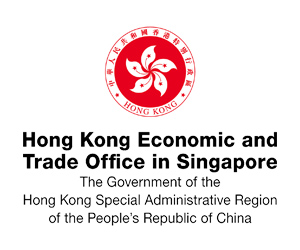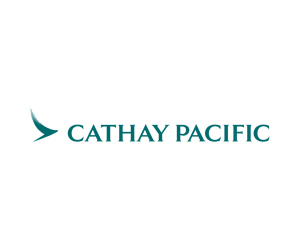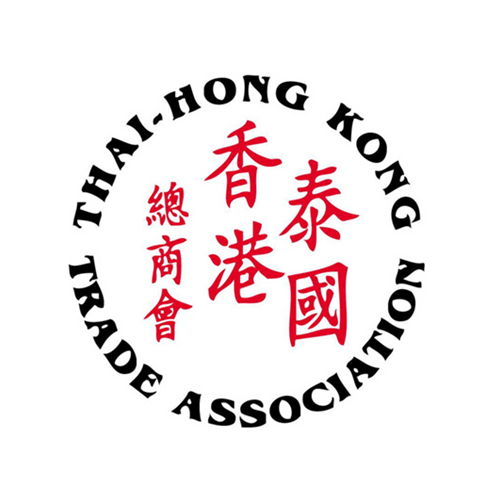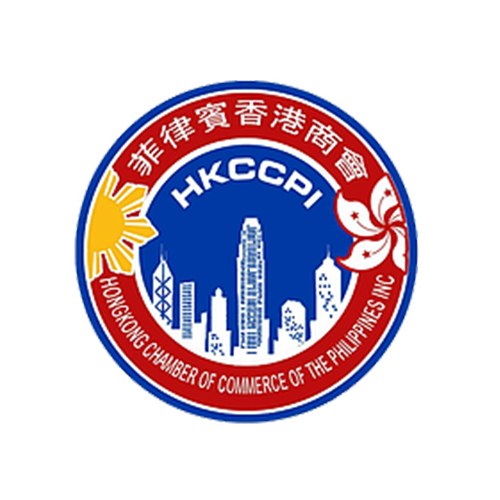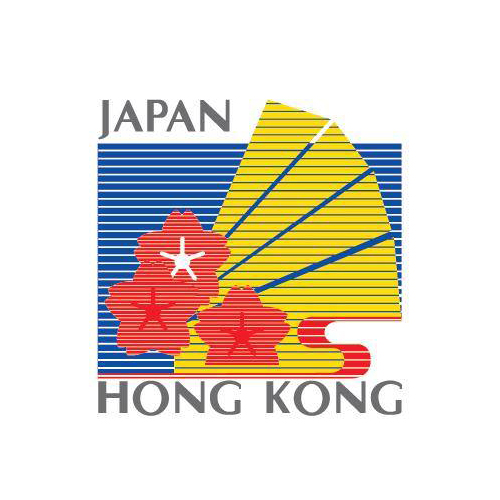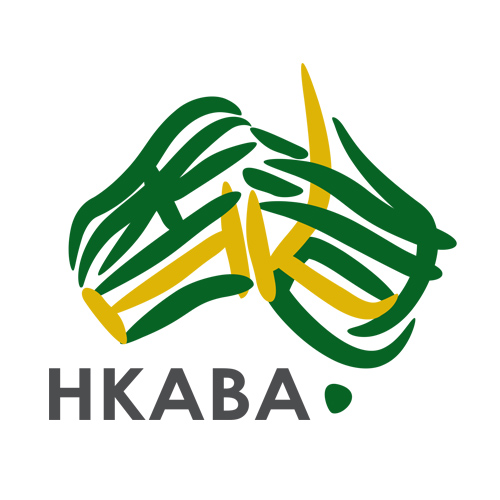Want to be in the loop?
subscribe to
our notification
Business News
REACHING ECONOMIC TARGETS HINGES ON BALANCING GDP GROWTH AND INFLATION CONTROL
To maintain economic stability, the Deputy Prime Minister underscored the need for an uninterrupted supply of fuel, electricity, and essential goods.

Deputy Prime Minister Hồ Đức Phớc at a meeting of the Price Management Steering Committee on February 6 in Hà Nội. — VNA/VNS Photo
HÀ NỘI — Việt Nam’s economic strategy for 2025 hinges on balancing robust GDP growth with stringent inflation controls, Deputy Prime Minister Hồ Đức Phớc said during a meeting of the Price Management Steering Committee on Thursday in Hà Nội.
Reviewing the economic performance of 2024 and outlining measures for the year ahead, the deputy PM reiterated the Government’s ambition to achieve at least 8 per cent GDP growth in 2025.
To curb inflationary pressures, the Ministry of Finance has put forward three inflation scenarios for 2025: inflation at 3.83 per cent, at 4.15 per cent and at 4.5 per cent. Phớc endorsed the mid-range target of 4.15 per cent, but urged a concerted effort to lower it further if possible. He directed ministries and relevant agencies to draft quarterly price management plans, which will be reviewed by the Ministry of Finance and the General Statistics Office.
Additionally, he emphasised the need for strict enforcement of the Price Law to prevent market manipulation, hoarding and price gouging. Transparency in pricing, he stressed, is key to maintaining consumer trust.
“Businesses must display and sell goods at listed prices. Whether prices are high or low is secondary; what matters is ensuring fair competition and consumer trust,” he said.
To maintain economic stability, the deputy PM underscored the need for an uninterrupted supply of fuel, electricity and essential goods. Any disruptions, he warned, could significantly impact production, trade and logistics. He called for proactive management of State-controlled commodities such as fuel, gold and land, advocating for timely interventions from the start of the year to mitigate market volatility.
Global market trends will also be closely monitored to allow for flexible policy adjustments. Coordination between monetary and fiscal policies will be strengthened, while stricter oversight on price disclosures and enforcement measures will be put in place to prevent violations.
Projections for 2025
Deputy Minister of Finance Lê Tấn Cận said Việt Nam’s average Consumer Price Index (CPI) in 2024 rose by 3.63 per cent, staying within Government targets. The primary contributors to inflation were food and dining services, which increased by 4.03 per cent and accounted for 1.35 per cent of the overall CPI rise; housing, utilities and construction materials, which grew by 5.2 per cent and contributed 0.98 per cent; and healthcare, which surged by 7.16 per cent, adding 0.39 per cent to inflation.
In January 2025, the CPI saw a month-on-month increase of 0.98 per cent and a year-on-year rise of 3.63 per cent, largely driven by adjustments in healthcare fees and rising food and transport costs.
Looking ahead, the Ministry of Finance has projected inflation rates of 3.83 per cent, 4.15 per cent or 4.5 per cent, while the General Statistics Office has forecast similar figures ranging between 3.8 per cent and 4.5 per cent. Meanwhile, the State Bank of Việt Nam has projected inflation to hover around 4 per cent, though it warned that exceeding the 4.5 per cent threshold remains a possibility should GDP growth surpass 8 per cent.
The Government plans to sustain reserves of essential goods and strategic stockpiles for disaster relief. Additionally, post-disaster agricultural recovery efforts will be expedited to prevent supply shortages. In line with broader economic reforms, State-managed services will gradually transition to market-based pricing to ensure sustainable fiscal policies while mitigating inflationary pressures. — VNS
Source: VNS
Related News
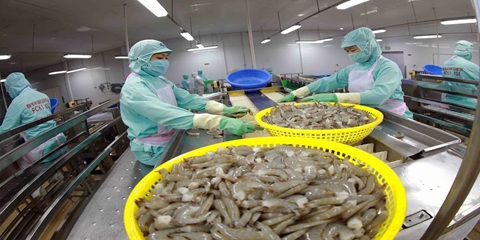
VIETNAM’S SEAFOOD EXPORTS HIT OVER US$10 BILLION IN JAN-NOV
Seafood export revenue in November alone amounted to nearly US$990 million, up 6.6% year-on-year. Key product groups posted solid gains. Shrimp exports rose 11.7% to over US$385 million, supported by strong demand for whiteleg shrimp and lobster. Tra fish shipments increased 9.7% to almost US$197 million, while marine fish, squid, and mollusk exports maintained their recovery.
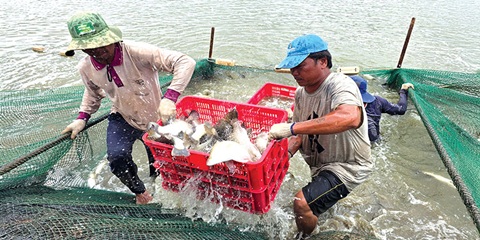
VIETNAM’S AGRO-FORESTRY-FISHERY EXPORTS HIT NEW RECORD IN JAN-NOV
Vietnam’s agro-forestry-fishery export revenue reached an estimated US$64.01 billion in the first 11 months of 2025, up 12.6% year-on-year and surpassing the full-year record of US$62.4 billion set in 2024. Agricultural exports reached US$34.24 billion, up 15% year-on-year, while livestock products brought in US$567.4 million, a 16.8% increase. Seafood exports rose 13.2% to US$10.38 billion, and forestry products earned US$16.61 billion, up 5.9%.

HANOI REPORTS RECORD-HIGH BUDGET REVENUE IN 2025
Hanoi’s budget revenue is estimated to reach VND641.7 trillion in 2025, the highest level ever recorded and nearly 25% above the revised target, according to a report by the municipal government. Data from the city’s socioeconomic performance review shows that total state budget collections in 2025 are projected to reach 124.9% of the adjusted plan and rise 24.9% from 2024, the Vietnam News Agency reported.
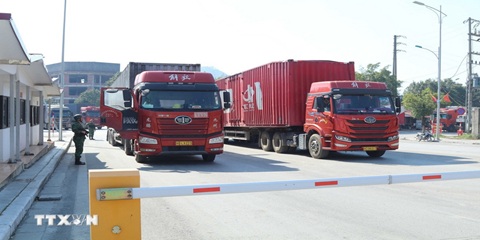
VIETNAM, CHINA TO PILOT TWO-WAY CARGO TRANSPORT AT LANG SON BORDER
Vietnam and China will launch a one-year pilot program on December 10 to allow two-way cargo transport through the Huu Nghi–Youyi Guan international border gates in Lang Son Province, reported the Vietnam News Agency. The Dong Dang-Lang Son Economic Zone Management Board said the trial aims to reduce transport costs and improve customs clearance capacity.
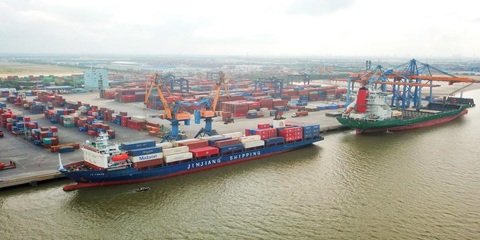
VIETNAM’S IMPORT-EXPORT VALUE NEARS US$840 BILLION IN JAN-NOV
The total value of Vietnam’s imports and exports was nearly US$840 billion between January and November this year, the highest level ever recorded, according to the National Statistics Office. In its latest report on the country’s socio-economic performance, the National Statistics Office highlighted a series of positive economic indicators, with trade emerging as one of the strongest drivers of growth.

OVER 19 MILLION INTERNATIONAL VISITORS COME TO VIETNAM IN JAN-NOV
Vietnam received more than 19.1 million international visitors in the first 11 months of 2025, a 20.9% increase year-on-year and the highest level ever recorded, according to the National Statistics Office. The figure surpasses the full-year record of 18 million arrivals set in 2019, before the Covid-19 pandemic. Nearly two million foreign visitors arrived in November alone, up 14.2% from October and 15.6% from the same period last year.
